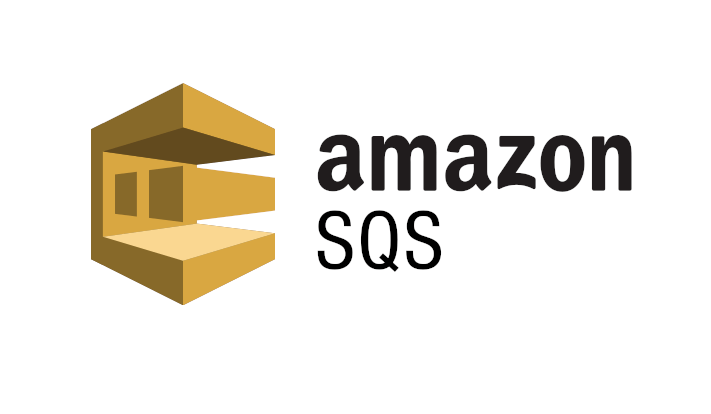In today’s world of distributed applications, seamless communication between services is a must. Whether you’re building microservices, serverless applications, or complex systems, message queuing plays a vital role in ensuring everything runs smoothly. That’s where Amazon Simple Queue Service (SQS) steps in.
AWS SQS is a fully managed message queuing service that lets you decouple and scale your systems with ease. In this article, we’ll explore what AWS SQS is, its features, use cases, and why it’s the go-to choice for modern cloud developers.
What is AWS SQS?
Amazon Simple Queue Service (SQS) is a message queuing service that enables applications to communicate by exchanging messages asynchronously. It’s designed to handle high-throughput, reliable, and scalable message delivery, making it a cornerstone of cloud-based, event-driven architectures.
Think of it as a middleman that ensures messages between different components of your application don’t get lost, even during peak loads.

Key Features of AWS SQS
AWS SQS comes packed with features that make it an indispensable tool for modern developers. Here are some highlights:
1. Two Queue Types:
- Standard Queue: Offers unlimited throughput with at-least-once delivery. Perfect for scenarios where occasional message duplication is acceptable.
- FIFO Queue (First-In-First-Out): Guarantees message order and exactly-once processing, ideal for financial transactions or order management systems.
2. Scalability:
AWS SQS scales automatically to handle virtually any number of messages, so you never have to worry about provisioning infrastructure.
3. Reliable Message Delivery:
Messages are stored redundantly across multiple AWS availability zones to ensure durability.
4. Serverless Integration:
Easily integrates with AWS Lambda, Step Functions, and other AWS services to build powerful serverless workflows.
5. Flexible Message Retention:
Messages can be retained for up to 14 days, giving you the flexibility to process them at your convenience.
6. Security:
Messages in AWS SQS are encrypted in transit and at rest using AWS Key Management Service (KMS), ensuring data privacy and compliance.
How Does AWS SQS Work?
Step 1: Create a Queue
You start by creating a queue (Standard or FIFO) in the AWS Management Console or via AWS CLI/SDK.
Step 2: Send Messages
Your producer application sends messages to the queue. Each message can be up to 256 KB in size and includes metadata.
Step 3: Receive Messages
A consumer application retrieves messages from the queue. In a Standard Queue, multiple consumers can receive the same message, while a FIFO Queue ensures one consumer processes each message exactly once.
Step 4: Delete Messages
After processing, the consumer deletes the message from the queue to prevent it from being reprocessed.
Real-World Use Cases
1. Decoupling Microservices
In a microservices architecture, SQS acts as a buffer between services, ensuring that one service’s downtime doesn’t impact the others.
2. Batch Processing
Use SQS to collect data from multiple sources and process it in batches, optimizing resource utilization.
3. Order Processing Systems
FIFO Queues are ideal for processing customer orders, ensuring each order is processed in the correct sequence.
4. Log Aggregation
Collect logs from distributed systems and feed them into analytics tools for monitoring and insights.
Benefits of Using AWS SQS
- Reduced Complexity: Focus on building applications while AWS handles message storage, scaling, and delivery.
- High Availability: SQS operates across multiple availability zones for maximum reliability.
- Cost-Effective: Pay only for what you use, with no upfront costs or minimum fees.
- Ease of Integration: Works seamlessly with other AWS services like SNS, Lambda, and EC2.
Getting Started with AWS SQS
Ready to dive into AWS SQS? Here’s a quick start guide:
- Set Up Your AWS Account: Sign in to the AWS Management Console.
- Create a Queue: Navigate to the SQS dashboard and create a queue.
- Send Messages: Use the AWS CLI or SDK to send test messages.
- Consume Messages: Build a simple consumer application to process messages.
- Explore Advanced Features: Experiment with dead-letter queues, message timers, and Lambda triggers.
Conclusion
Amazon Simple Queue Service (SQS) is the backbone of modern cloud messaging. With its scalability, reliability, and ease of use, SQS empowers developers to build robust, decoupled systems that can handle any workload. Whether you’re just getting started with AWS or managing a complex application, SQS is a tool you can’t afford to ignore.
Ready to level up your cloud game? Start exploring AWS SQS today and unlock the true potential of message queuing!

No comments:
Post a Comment